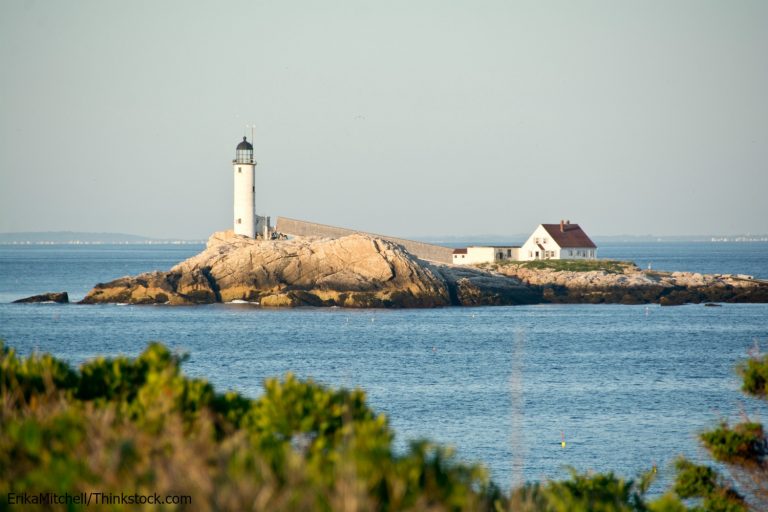Meditations on joy as the third theme during Advent
When you do things from your soul, you feel a river moving in You, a joy. — Rumi We are fragile creatures, and it is from this weakness, not despite it, that we discover the possibility of true joy. ― Desmond Tutu, The Book of Joy Our perspective toward life is our final and ultimate freedom. — Viktor […]

